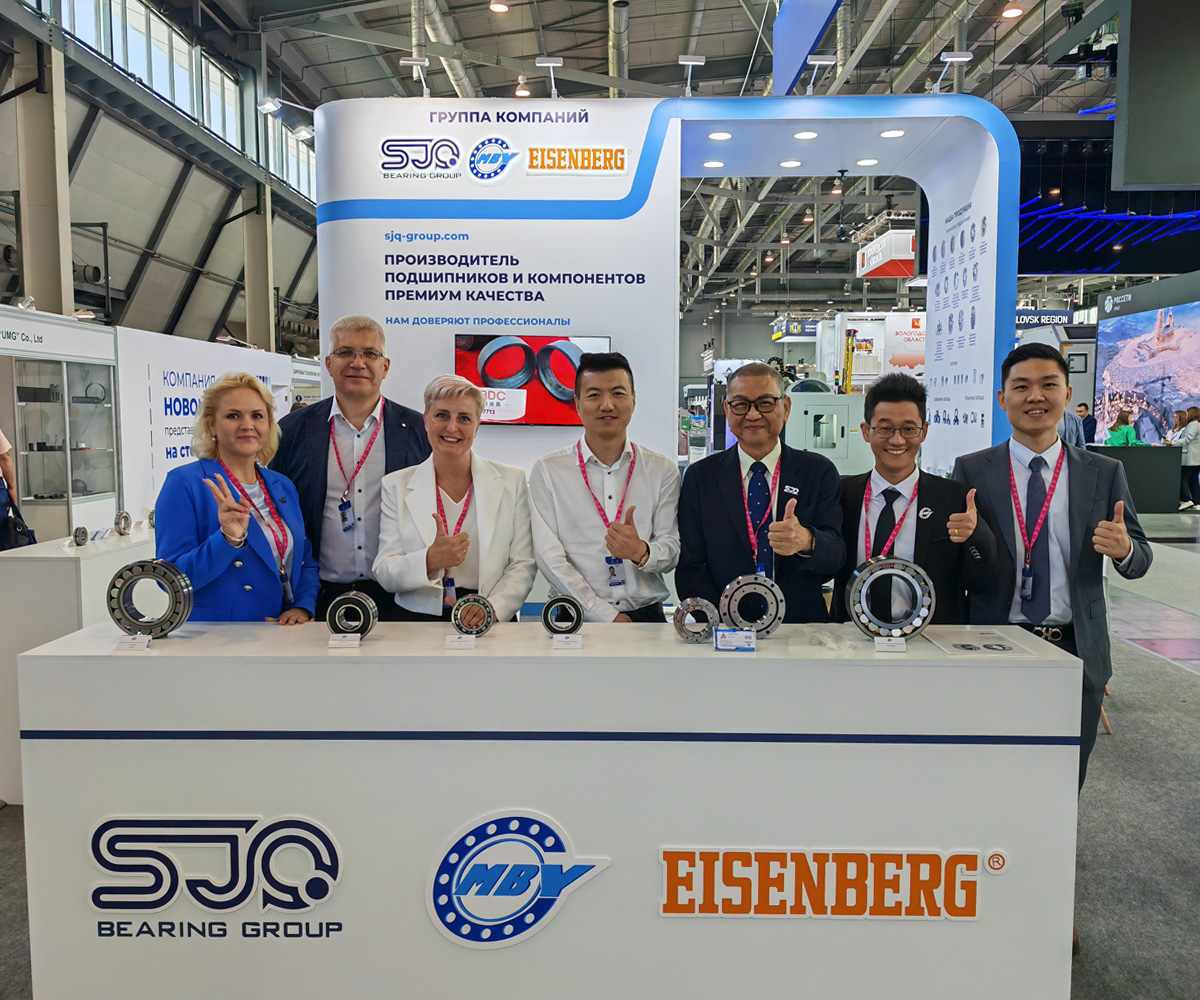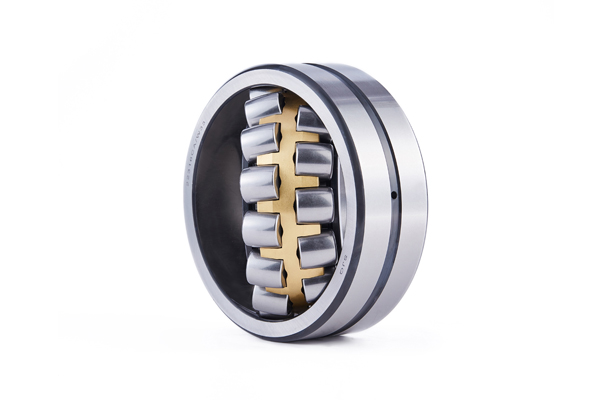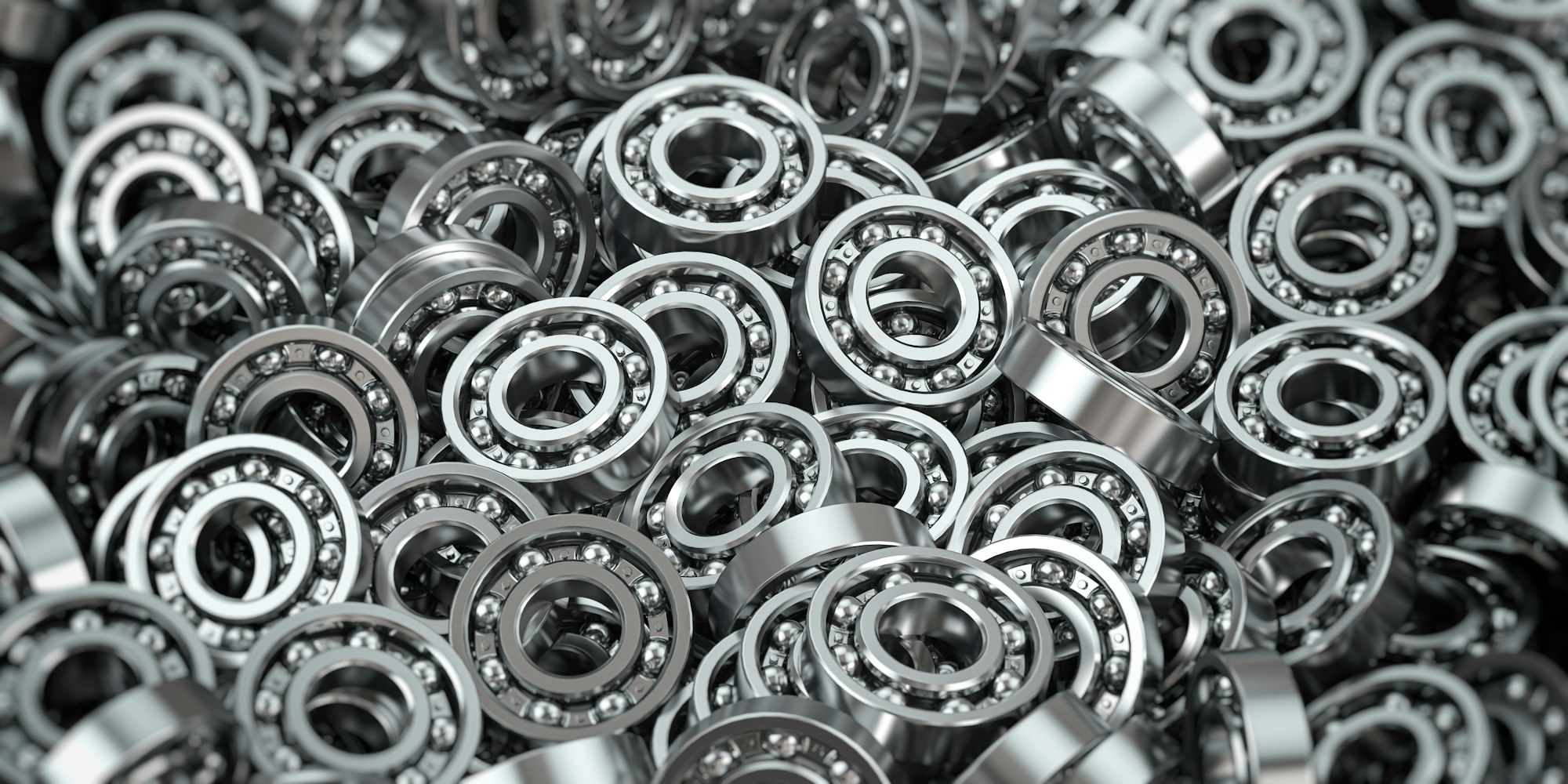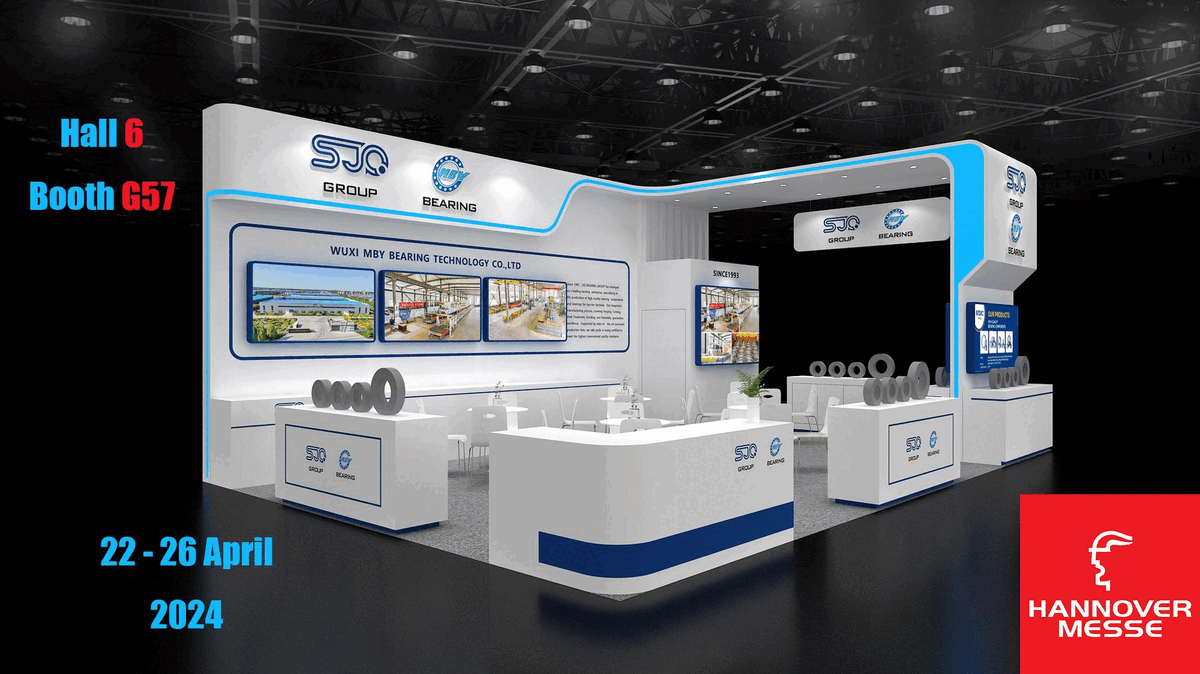Roller bearings are significantly important in mechanical systems. They’re known as integral components across diverse industries that can maximize the efficiency, dependability, and longevity of machinery.
This post aims to comprehensively discuss the types, mechanics, applications, and manufacturing processes of roller bearings. We’ll focus on the intricacies of roller bearings to deeply value their impact on diverse applications in engineering and technology.
Table of Contents
Roller Bearings and Their Different Types
Roller bearings are fundamental elements in mechanical systems as they furnish critical support and enable smooth motion. These bearings are offered in diverse types, each playing crucial roles in diverse industries and applications.
- Cylindrical Roller Bearings: This type comes with cylindrical rollers that assist the system in distributing heavy radial loads. This makes them qualified for high-capacity applications such as electric motors and gearboxes.
- Spherical Roller Bearings: This bearing model is equipped with barrel-shaped rollers to house both radial and axial loads. These bearings are widely employed in applications where misalignment or shaft deflection may emerge, such as in conveyor systems.
- Tapered Roller Bearings: This model of roller bearings is manufactured to regulate both radial and axial loads in a single direction. It’s commonly used in diverse applications such as in automotive wheels where meticulous handling and load support are paramount.
- Needle Roller Bearings: This model of roller bearings is distinguished by long, thin rollers. It’s a high-quality component used in applications with restricted space and high radial loads, more frequently seen in automotive transmissions and small appliances.
Comprehending these distinguishable types of roller bearings is fundamental as it helps you pick the right component as per your certain mechanical necessities. The right choice in this regard guarantees optimal performance and longevity in myriad industrial settings.
How Roller Bearings Work
It’s crucial to understand the mechanics behind roller bearings as it helps you evaluate their functionality within mechanical systems. Basically, these bearings aim to lower the friction between moving parts. The rolling elements — cylindrical, spherical, tapered, or needle-shaped — minimize surface contact to simplify smoother motion.
An integral role of roller bearings is the sufficient distribution of radial and axial loads. This functionality is to assure that the exerted forces are evenly spread across the bearing. This prevents excessive wear and sweetens overall system tranquility.
Roller bearings replace sliding friction with rolling friction to significantly lessen wear and energy consumption. The unique structure of these bearings minimizes resistance and enables efficient rotation and movement in mechanical pieces.
Applications of Roller Bearings
Roller bearings are used as a supportive component in countless industries. They play an undeniable role in enhancing the performance and dependability of various applications.
- Automotive Industry: Roller bearings are broadly employed in automotive applications, specifically in wheel hubs, transmissions, and engines. Their mastery in handling radial and axial loads makes them an indispensable component that guarantees smooth vehicle operation.
- Industrial Machinery: These bearings are known as vital elements in various industrial applications, including conveyor systems and rotating machinery. They maximize the efficiency and endurance of equipment because they enable smooth movement and meticulous load distribution.
- Aerospace: The aerospace sector leans on roller bearings for imperative functions in aircraft components. Their lightweight design and proficiency in handling high loads make them definitive for applications such as landing gears and control systems.
- Other Engineering Fields: Roller bearings are predominant in a wide spectrum of engineering applications, including robotics, renewable energy systems, and medical devices. This versatility enables roller bearings to adapt to myriad settings and necessities.
Understanding the expansive spectrum of roller bearings’ applications proves their broad adoption and significance in advancing technology across industries and emphasizes their pivotal role in contemporary engineering and machinery.
Advantages and Disadvantages of Roller Bearings
Advantages | Disadvantages |
|
|
Roller bearings present distinct advantages that explain their wide use. However, they also come with a few limitations that engineers and designers must understand in advance.
These bearings distribute the equipment load evenly, lessen friction, and maximize efficiency. They can flawlessly handle both radial and axial loads. Also, they sweeten the system performance, increase lifespan, and minimize maintenance needs. These benefits, altogether, make roller bearings an integral element in the design of trustworthy machinery.
Despite all the benefits, roller bearings come with a few limitations. High-speed applications may face challenges from heat generation, and misalignment can negatively affect them. Also, accurate lubrication is crucial to avoid wear and assure flawless performance. Plus, these bearings may have higher initial costs compared to other bearing types.
It’s integral to understand the advantages and challenges of using roller bearings as it enables you to make meticulous decisions. That’s more critical when you tend to choose components and balance performance needs with potential drawbacks to achieve optimal results.
Manufacturing Process of Roller Bearings
The manufacturing process of roller bearings comprises accurate steps to maximize precision and quality. These bearings are manufactured from high-quality materials such as chrome steel, stainless steel, or ceramic, which are mainly picked for their durability and resistance to wear.
The process generally contains precision machining, heat treatment for hardness, and grinding for accuracy. Within the assembly phase, fitting the inner and outer rings with the rolling elements is followed by comprehensive quality checks to guarantee compliance with rigorous industry standards.
Maintenance and Lubrication of Roller Bearings
Appropriate maintenance and lubrication of roller bearings are more than integral as they maximize the lifespan and efficiency of roller bearings. Sufficient lubrication minimizes friction, lowers wear, and dissipates heat, resulting in much softer operation. It’s paramount to choose the correct lubricant according to operating circumstances and environmental elements.
To maintain roller bearings appropriately and lengthen their lifespan, routine inspections for signs of wear or misalignment and timely replacements are necessary. Users should implement a farseeing maintenance schedule and follow manufacturer procedures for lubrication to enrich the trustworthiness of roller bearings.
Final Words
The distinctive types, mechanics, applications, and manufacturing intricacies of roller bearings simply prove their undeniable role in contemporary engineering. All their benefits make these bearings an indispensable component in automotive, industrial, aerospace, and other engineering fields.
Technology keeps moving forward and the need to understand how roller bearings can be optimized even further becomes increasingly important. Undoubtedly, these components will continue to play an integral role in maximizing the lifespan of mechanical systems in various industries.





